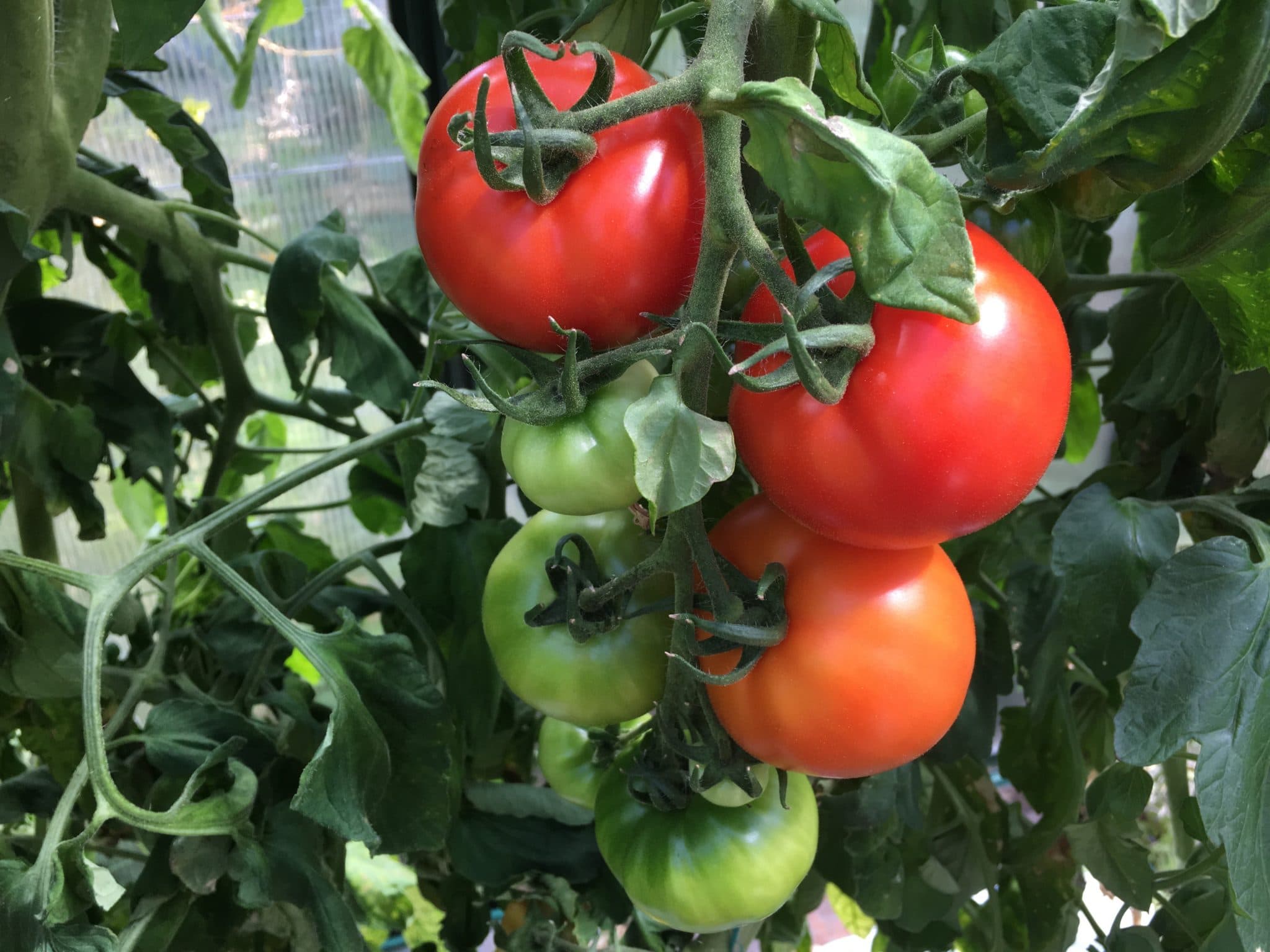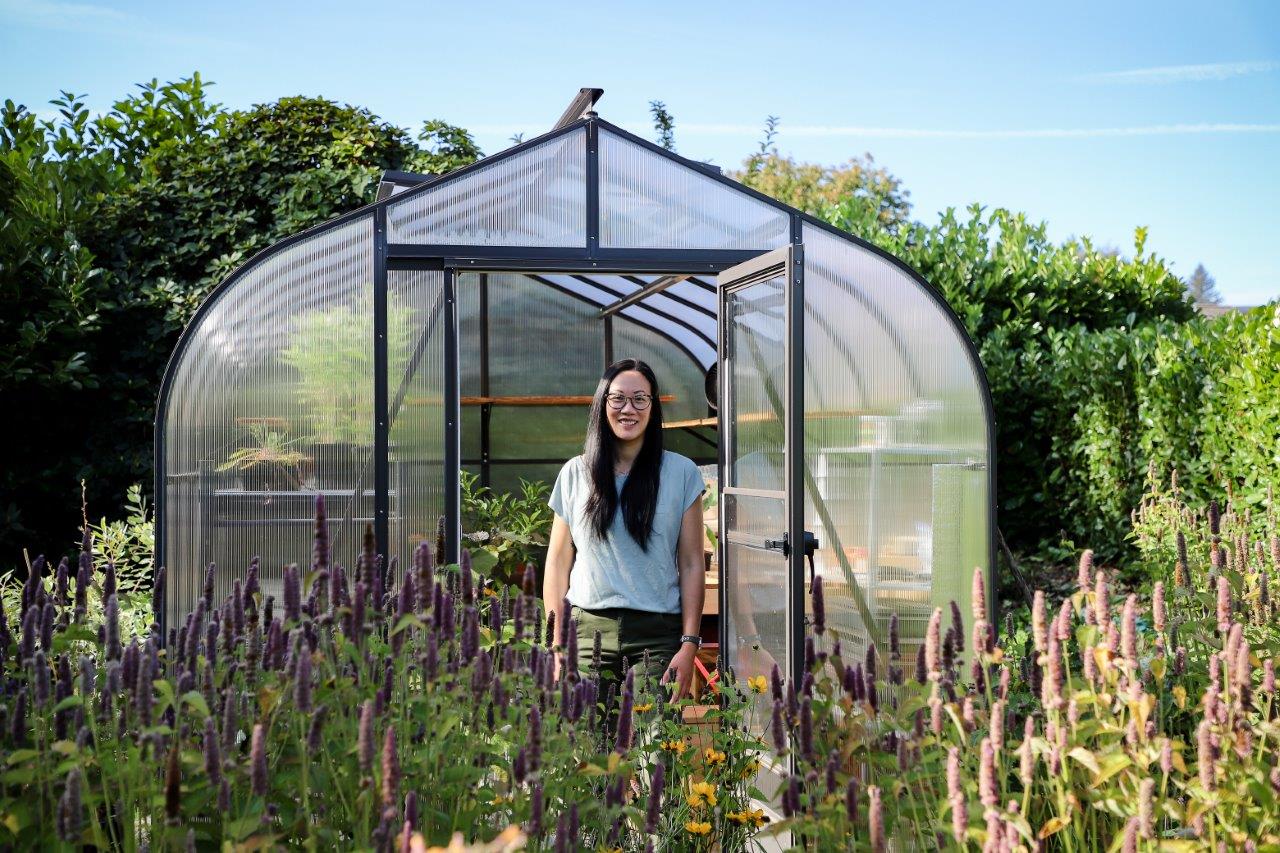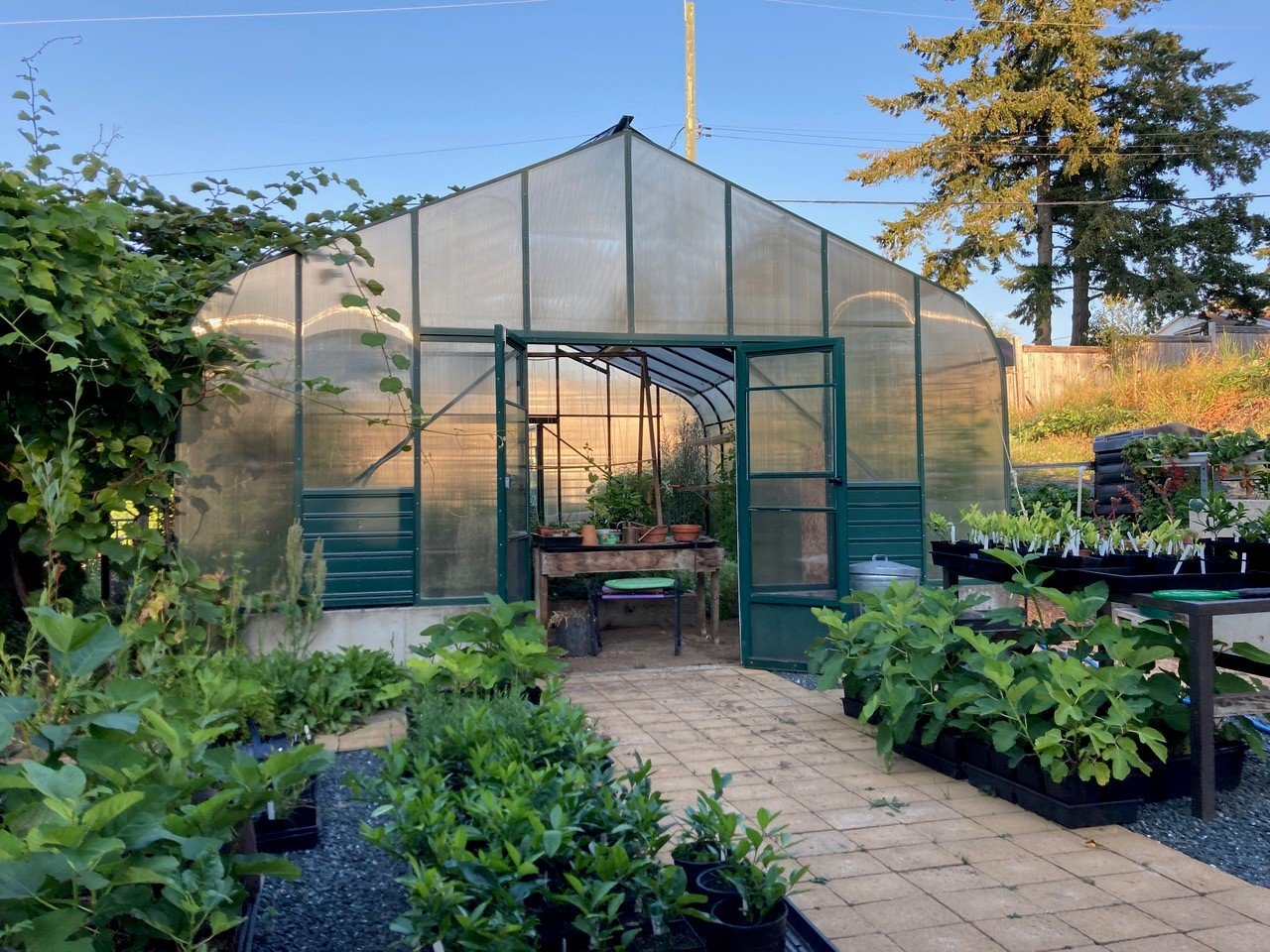Timeline for Growing the Best Greenhouse Tomato: Tips for Success

So Many Tomatoes, So Little Space
Greenhouse tomato growers are rightfully confused when they see so many kinds of greenhouse tomatoes for sale. Karen Olivier, an independent tomato breeder from the Secret Seed Cartel, estimates there are 20,000 kinds of tomatoes listed right now and she is adding to that number by breeding new tomatoes every year.

Oliver specifically likes heart-shaped, multi-coloured, flavourful greenhouse tomatoes and her Northern Heart series of tomatoes are enjoyed across Europe and in high-end restaurants in San Francisco. If Covid sees you growing at home and missing travel, these tomatoes give you an exotic taste and appearance from your own backyard.
I ordered some and am starting forty kinds of tomato seeds. When ted buys some "crazy expensive" Tasti-Lee seeds, he texts me right away.
"Do I have room for one more plant?"
As a gardener with limited space, I should say "no." As a greenhouse grower with a wild enthusiasm for everything new and different, I will always say "yes!"
 I have a big greenhouse, 16' wide and 20' long with a bed down each side. So, if I space plants a foot apart, I can squeeze in roughly 4 plants, one of each kind. If I put the bush plants in pots outside or in hanging baskets, I can space out the indeterminate types or grow a few more. But there are just so many tomatoes available, it will take willpower to say no.
I have a big greenhouse, 16' wide and 20' long with a bed down each side. So, if I space plants a foot apart, I can squeeze in roughly 4 plants, one of each kind. If I put the bush plants in pots outside or in hanging baskets, I can space out the indeterminate types or grow a few more. But there are just so many tomatoes available, it will take willpower to say no.
The greenhouse tomato is a passion for so many people. They bring memories of youth and dinners out and shared patio dinners with friends. Cherry tomatoes, like Super Sweet 100, sliced in half and served with Bocconcini cheese, fresh basil and olive oil remind us of dinner with friends. Or large Heirloom tomatoes like Aussie, sliced into thick slabs and served on a toasted piece of bread remind us of summer picnics. Making spaghetti sauce with one of the many Roma tomatoes or snacking on fresh-picked tomatoes right off the vine is divine.


Regardless of what you want to grow or why March is the month to start your tomatoes in Northern regions. In a greenhouse, you can start them a bit sooner but it is a combination of light and heat that yields the best fruit because tomatoes are a warm-season crop and they prefer heat.
Here are some of the steps to success with tomatoes in your greenhouse. If you want to try Karen's Northern Hearts or Karma series tomatoes wherever you grow, order them from Artisan Seeds.
Karen was a guest on my podcast so if you want to hear more about her breeding efforts and success, you can listen in here.

Timeline for Growing the Best Greenhouse Tomato:
- Start seed mid to late March on a heat pad
- Move the plants 6 inches below grow lights after they sprout. Typically this will be in less than a week.
- Transplant the plants when they start to get their first true leaves
- Start fertilizing as soon as the tomatoes are transplanted
- When the greenhouse temperature is fairly consistently above 10 C (50 F) during both day and night, move the plants into the greenhouse.
- Helpful Tip: If you have a greenhouse heater, you can use it to move this timeline up a little bit to maintain the temperature yourself rather than relying on Mother Nature.
- If the plants are leggy, too tall or floppy, remove the bottom leaves and plant them deeper into greenhouse pots or soil beds.
- Similar to how some people take multivitamins to add to their daily nutrients, Tomatoes like a number of nutrients in their fertilizer. I personally like fertilizer with kelp and micro-nutrients. I mix it at half strength and water it once a week.
- Ideally, plants will be short and stocky. If they are thin, they are either too hot, too overwater or under-fertilized. They may also need air movement so add a fan if all other ideas are considered and dismissed.
- Gradually remove leaves below the fruit trusses. By the end of October, the plant should be almost leafless but with trusses of tomatoes at the top of the plant.


